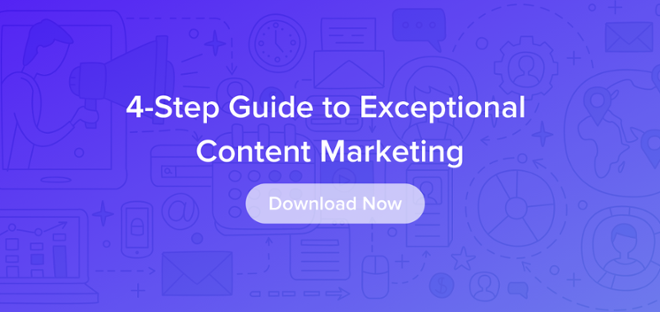
Last week, I revealed a common theme among my worst-performing LinkedIn articles: The titles and the content talked down to readers. This week, I looked for correlations among the articles that received the most shares.
Of the 35 articles I’ve published on LinkedIn’s publishing platform, three received more than 10,000 views — with the next closest receiving just over 3,000. The three best-performing articles include:
At first glance, you could draw the conclusion that writing about career advice, or careers in general, helped these articles perform well. And studies have shown that career-focused content performs best on LinkedIn.
Along with this common thread, these articles contained specific examples that stemmed from my personal experiences, and they drove a high volume of comments because people were encouraged to share their own experiences and opinions after they read about mine.
Readers Respond to Personal Experiences
After identifying these themes, I scanned the Internet for data that backed up my assumption. I wanted to see whether writing about what you know attracts more readers.
A columnist for LitReactor completely disagrees with me and says writing about what you like is more important than writing about what you know because it limits the author and stunts creativity. I can understand this, specifically for novelists or fiction writers. But LinkedIn’s audience generally seeks professional tips and advice, so validating your experience and credibility is essential on this platform.
Our publication directors at Influence & Co. conducted a survey of 153 editors we work with, and 56 percent indicated that personal examples and anecdotes were their most sought-after qualities in contributed content.
Aside from our research, I found an article on HubSpot with tips for writing content that resonates with readers. One of the tips? Provide real-life examples.
I’m convinced that these articles outperformed the rest because I divulged details about my personal experiences, supplemented those with honest and convincing examples, and incited a conversation through the mildly controversial points I made, which takes me to my next finding.
Take a Controversial Stance to Engage Readers
I know what you’re thinking: How could interview tips be controversial? But in “The Basics of Not Bombing an Interview,” I revealed traits of the worst interviewees I’ve encountered, and many readers disagreed or countered with a contrasting opinion. Offering unexpected viewpoints is a great way to spark a conversation, and the stance I took prompted readers to share their opinions. While navigating the comment trolls can be tricky, I’m thrilled this article got a conversation rolling because it means more people are engaging.
Stating a unique, divisive opinion can also generate some organic buzz. Once this article went live, an editor from CAREEREALISM asked if I would do a webinar on her site, and she linked to the article in the promo for the webinar, which exposed my article to a new audience.
My best-performing article, “I’m Not Jaded: Don’t Discourage Female Leaders,” took a more controversial turn, which made it more attractive to readers. I also did something to help boost distribution for this article. Here’s my secret.
I knew the article would elicit strong reactions or emotions, and I hoped women leaders would have something to say about it. So before publishing it, I made a list of 20 influential women on LinkedIn. Right after I posted it, I sent an email to each woman, asking for her input on the article.
The results were fantastic. I received feedback (good and bad), and many of the women shared the article with their networks.
Your Article Still Has Juice After It’s Published
Another surprising tactic that worked for me was republishing my content on LinkedIn. The article, “3 Ways You Can Be an Irreplaceable Employee,” originally appeared on Forbes a year earlier. It performed extremely well on the site, so I linked to the original placement and published it on LinkedIn. The 85 comments that followed made it clear: Content doesn’t have to be original to LinkedIn to produce results.
Republishing your content on multiple sites or platforms can extend its reach and get it in front of the right people. Although keeping your articles fresh is important for engaging your audience, some people might find your advice more helpful down the road, and republishing evergreen content can help you deliver value while staying relevant and top of mind.
You can control some aspects of your content, including the layout, the information, the headline, and who you share it with. But other things, such as commenters and shares, are out of your hands. Dive into the stats behind your articles to find out what’s working and what’s driving readers away. You can then craft articles that stick with readers, making you a more memorable and relatable figure.
If you’re contributing to LinkedIn, what tips do you have to help articles resonate with readers?
If you're looking for more content creation tips, download our 4-step guide:








